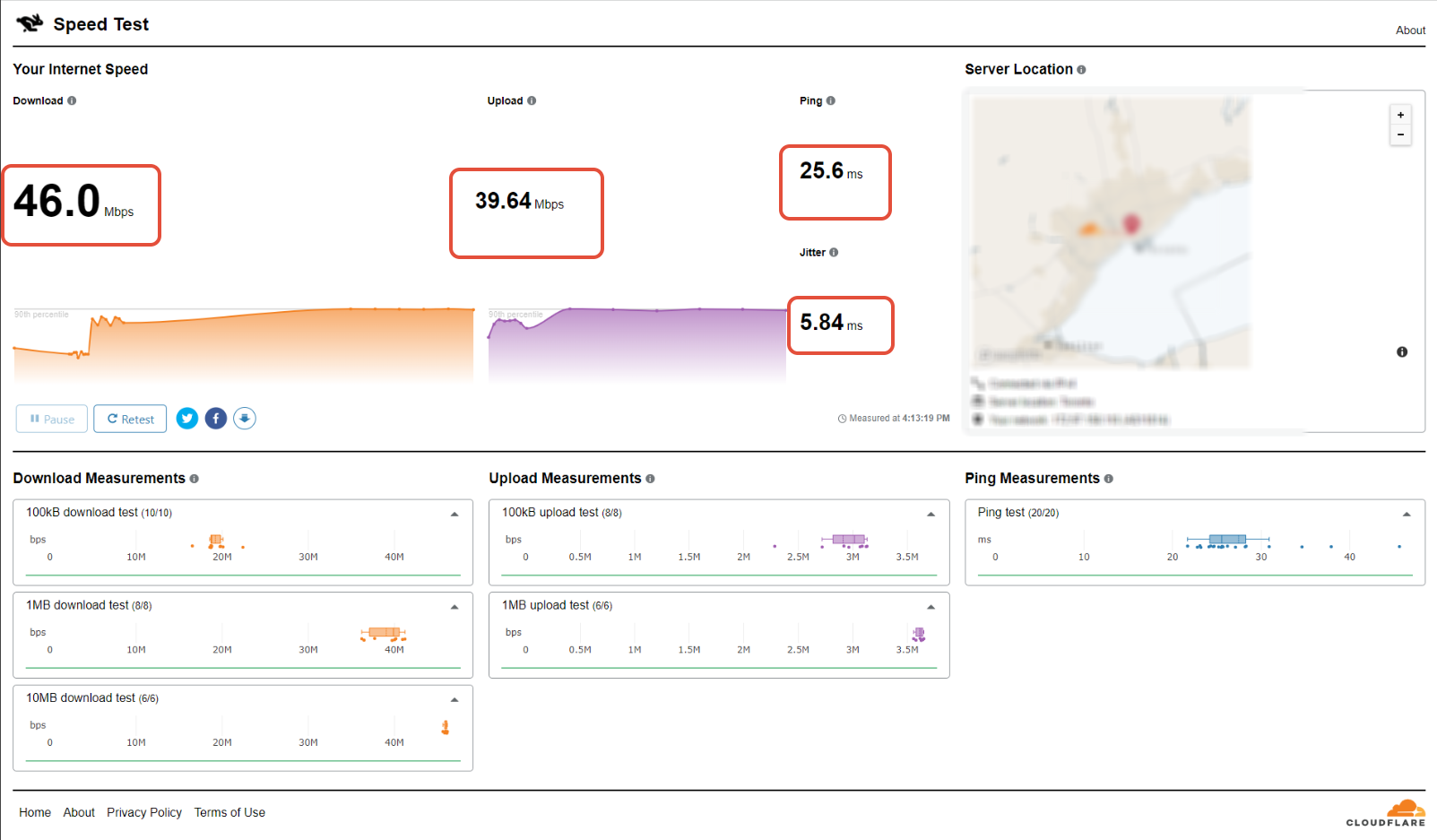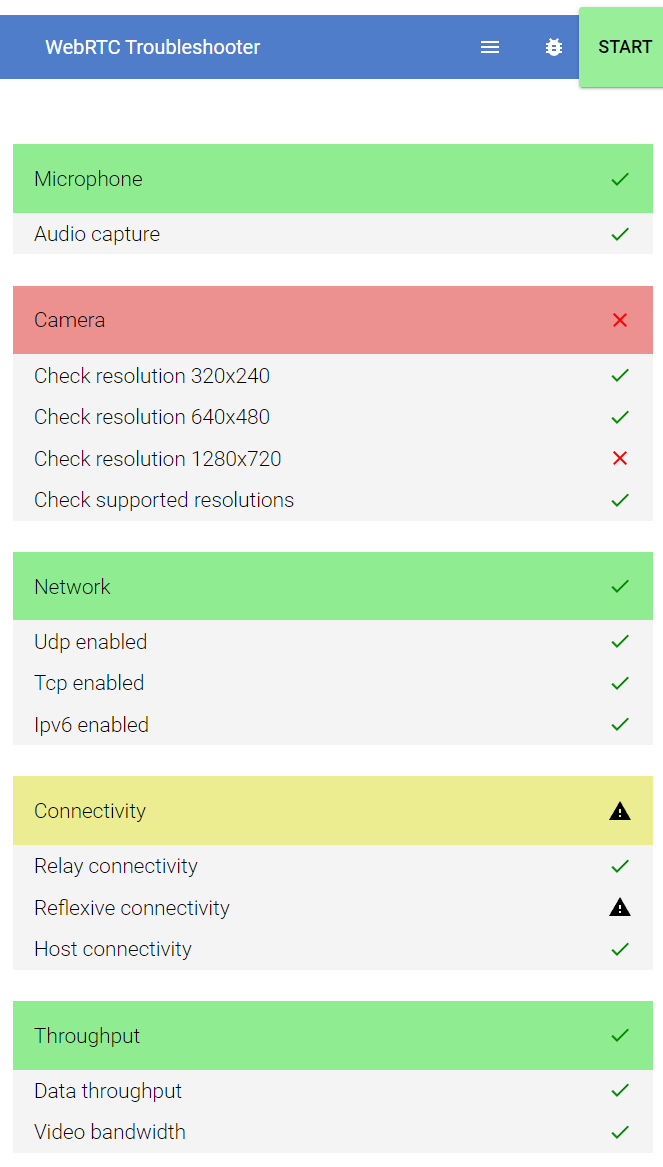
If you're having issues with call quality during a call, you'll likely see an error code at the top of your Topline dashboard. You can view the meaning of each error code here.
high-rtt - Round-trip-time (RTT) is the network's latency measure. Higher latency can result in perceptible delays in audio.
high-jitter - Jitter is the measure of variability at which packets arrive at the SDK sensors. High jitter can result in audio quality problems on the call, such as crackling and choppy audio.
high-packet-loss - Packet loss is measured as the percentage of packets sent but not received at the SDK sensors. High packet loss can result in choppy audio or a dropped call.
The Topline App has safety built-in to notify your clients when bad call quality is experienced.
high-rtt: We detect high round-trip time on this network. You might experience perceptible delays.
low-mos: The call quality on this network might be affected.
high-jitter: We detect high jitter on this network. You could experience choppy audio or crackling noises.
high-packet-loss: We detect high jitter on this network. You could experience choppy audio or crackling noises.
VoIP breaks audio data into small chunks called packets to transfer them over the internet. This means a bad internet connection or a router might affect your audio quality.
Please head over to https://speed.cloudflare.com/ and do a test.

It is recommended to have at least a 50MBPS uplink/downlink connection with a jitter of less than 10ms and Ping of less than 40ms. If you have an inferior connection to the mentioned specs, you may need to upgrade your internet or router.
You can check the VoIP compatibility of your internet connection by heading over to - https://test.8x8.vc/

If you see any warnings (like in the example above), you may need to upgrade your internet, router, or computer to improve your call quality.
VoIP connections require your computer to perform heavy computations; therefore, if you are using an old machine, it is expected to have problems with VoIP call quality.
If you are using your own Twilio Account
Be sure to run: https://networktest.twilio.com/